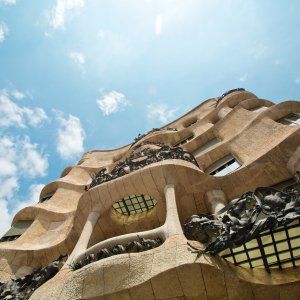In the Sierra de Aracena and Picos de Aroche, sustainable rural tourism takes on profound meaning. Amid centuries-old dehesas, historic villages, and local flavors, this Biosphere-certified destination invites you to reconnect with nature, vibrant culture, and the unhurried pace of the surroundings. A transformative experience where sustainability is not just a concept but a reality lived at every step.

In a world where immediacy and artificiality seem to set the pace of everyday life, there are still destinations that resist being forgotten. The Sierra de Aracena and Picos de Aroche, a natural park located in the northern part of Huelva province, is one of those places where time flows differently. It is a haven that preserves not only a privileged natural environment but also a way of life based on self-sufficiency, tradition, and deep respect for the land.
Far from the spotlight of mass tourism, this sierra invites you to discover a more conscious, slower way of traveling, deeply connected to the territory. This article is an invitation to experience how sustainability and authenticity can coexist without sacrificing comfort or beauty.
Hiking through dehesas: Walking as a way to inhabit the landscape.

The dehesa is the soul of the Sierra de Aracena. This unique agroforestry ecosystem, where holm oaks, cork oaks, Iberian pigs, and ancestral trades coexist, represents one of the most balanced examples of harmony between human activity and biodiversity conservation.
Walking through these landscapes is much more than physical activity; it's an immersion into a living culture. The trails connect villages like Alájar, Linares de la Sierra, or Galaroza, tracing routes where visitors discover the bond between people and their environment. There are signposted itineraries accessible independently and guided routes that interpret the landscape, transhumance, and peasant wisdom.
White villages with mountain soul and architecture that breathes identity.

The traditional architecture of the sierra preserves the Andalusian soul without falling into folkloric caricature. Cobblestone streets, cisterns, whitewashed walls, and curved tile roofs were built with climatic logic and local materials. They don't follow aesthetic trends but centuries of adaptation to the territory.
Villages like Fuenteheridos, Almonaster la Real, or Castaño del Robledo reflect a way of living without artifices. In them, community life still revolves around the square, the wood-fired oven, or the local market. Staying in houses restored with bioclimatic criteria, sharing breakfasts made with local products, or participating in traditional fairs offers an experience that doesn't need to be invented—it already exists and is authentic.
Flavors with designation of origin and the value of the unadorned.

The mountain gastronomy is a journey to the origin of flavor. The acorn-fed Iberian ham, the region's star product, is more than a delicacy: it's the result of a sustainable, extensive process in harmony with the environment. Added to this are seasonal and local flavors: foraged mushrooms, chestnuts, honey, aged cheeses, and artisanal sausages.
Here, many restaurants practice zero-kilometer cuisine, where what's served comes from the same valley or the neighboring farm. Sustainable food finds its best expression in this sierra: unpretentious, unadorned, and deeply connected to the territory.
Regenerative tourism: sleep, participate, and leave a positive footprint.
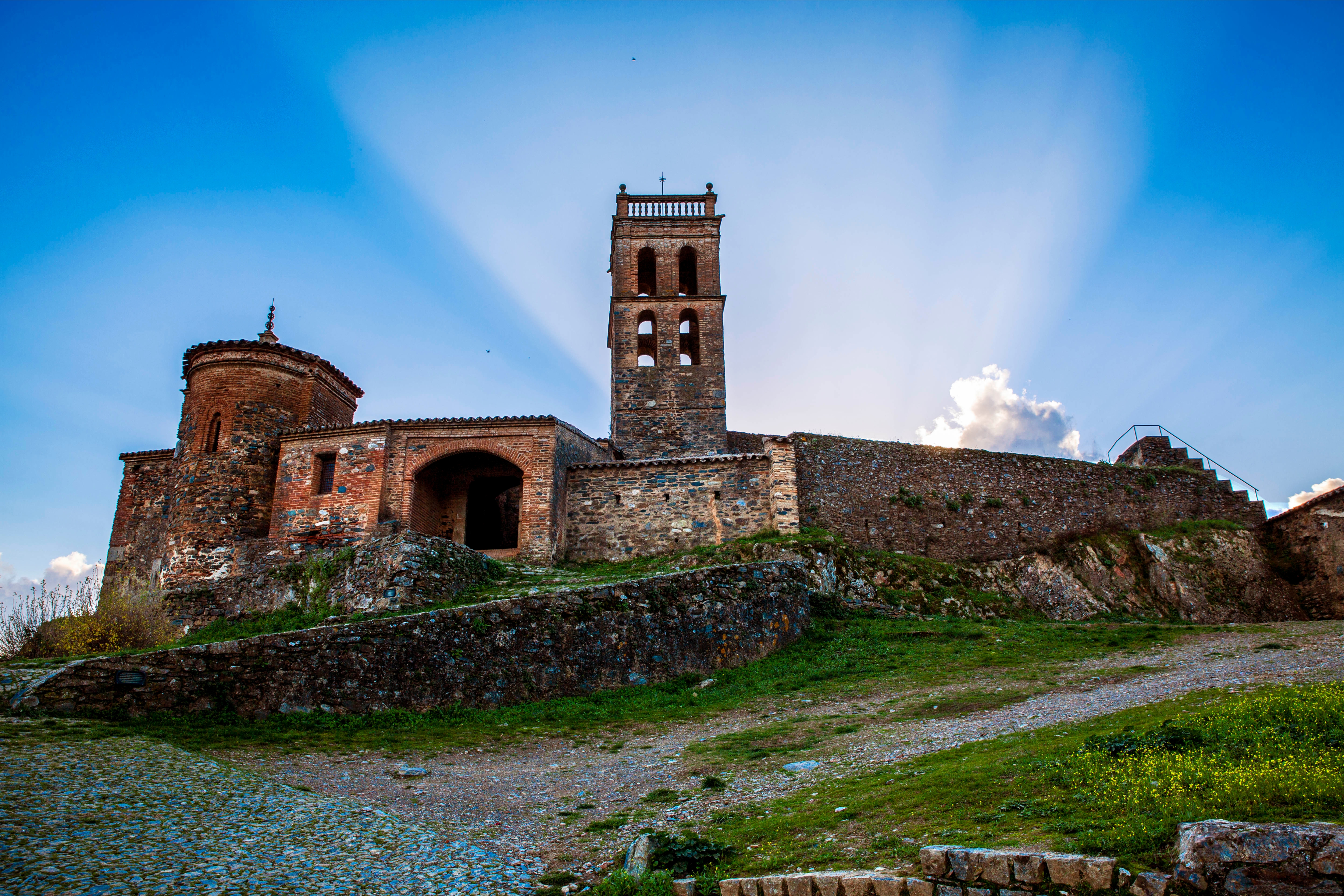
The Sierra de Aracena's tourism offering embraces a regenerative model. Rural accommodations integrated into the landscape, built with natural materials, powered by renewable energy, and committed to the circular economy are part of the local fabric.
Beyond hospitality, these spaces offer travelers transformative experiences: from mushroom foraging or bread-making to participating in shepherding routes or craft workshops. Here, resting also means engaging, learning, connecting. It's practicing tourism that not only reduces impacts but also enhances the environment it inhabits.
The sierra as a space of creation, memory, and culture.
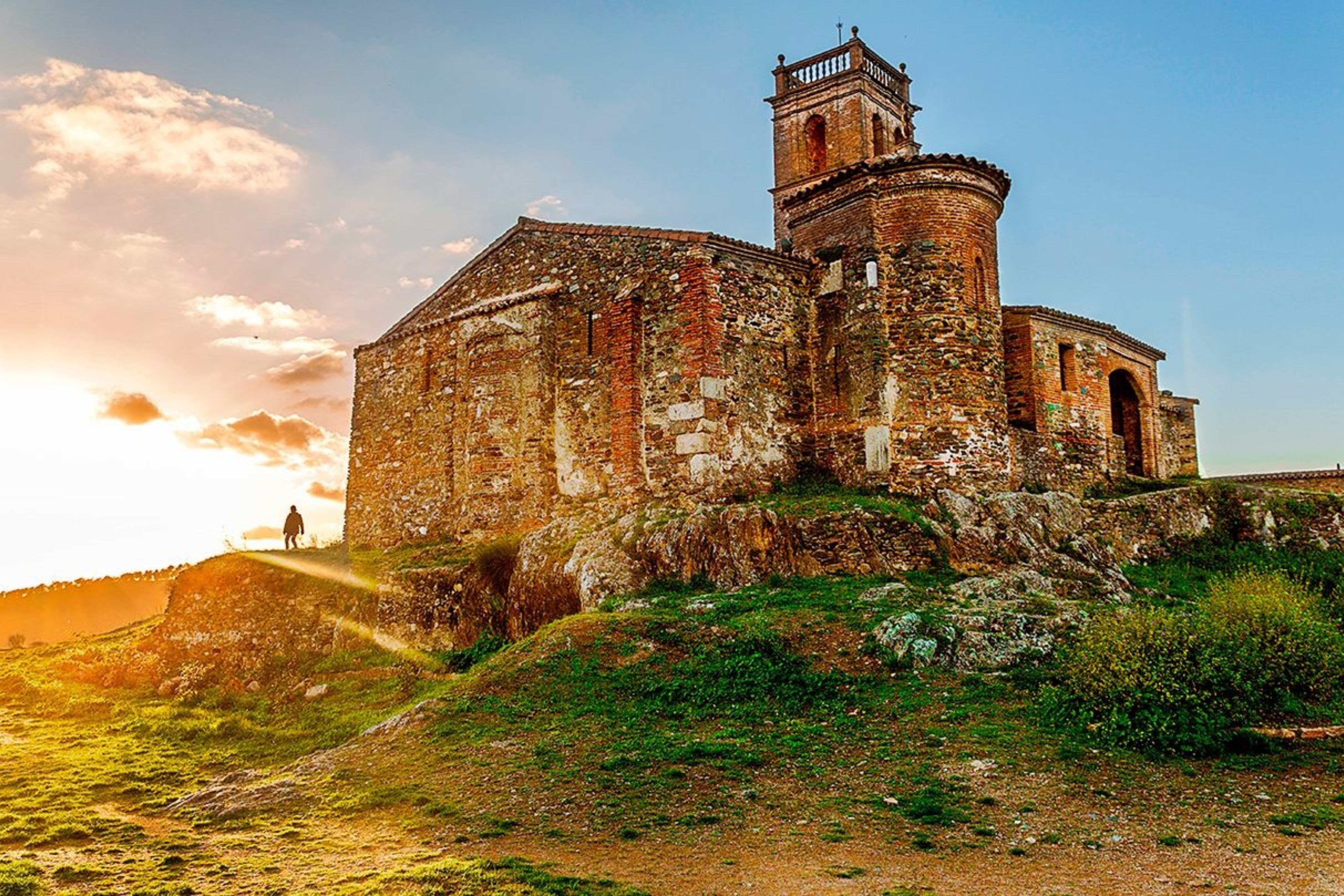
In the Sierra de Aracena, culture hasn't fossilized over time. It transforms, renews, and is transmitted with respect. Popular festivals, mountain songs, traditional crafts, oral storytelling festivals, or artist residencies are part of a living cultural ecosystem that doesn't seek spectacle but continuity.
Those who travel with sensitivity discover that every story told over a meal, every handmade object, and every song heard in a square are part of an intangible heritage that can only be known with time, listening, and humility.
Experiencing the sierra without interrupting its silence.
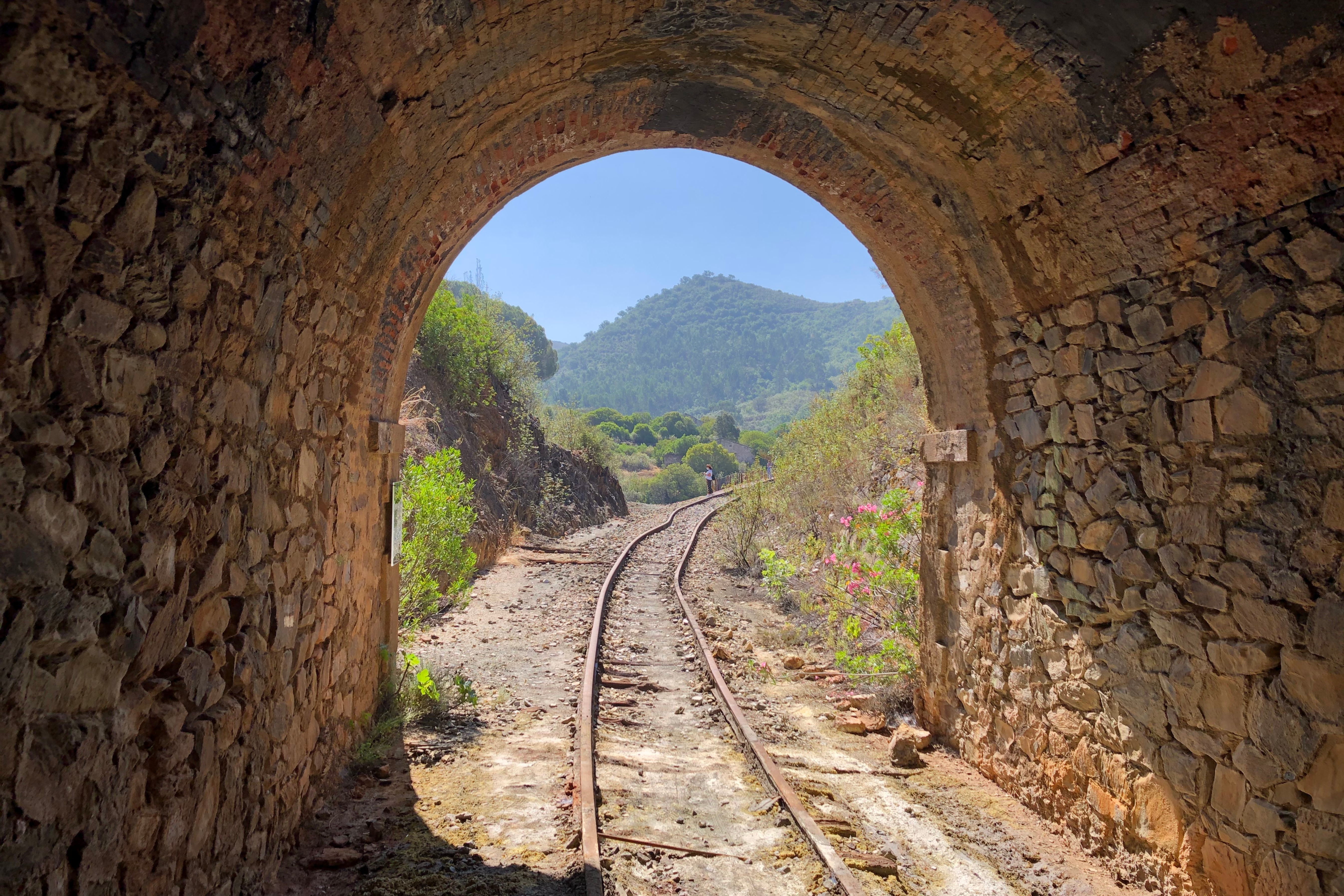
The Sierra de Aracena and Picos de Aroche doesn't need embellishments or stage sets. Its richness lies in what endures: natural rhythms, peasant knowledge, tranquil hospitality. Traveling here means choosing another pace, another perspective, another way of being in the world.
This territory, recognized as a Biosphere Certified Destination, ensures that the sustainable practices applied have been verified and that the destination is committed to the United Nations Sustainable Development Goals (SDGs). This distinction is not just a certification: it's a statement of intent and a demonstration of coherence on the path toward respectful, conscious, and transformative tourism.
Sustainability and rural life in a genuine commitment to the planet.
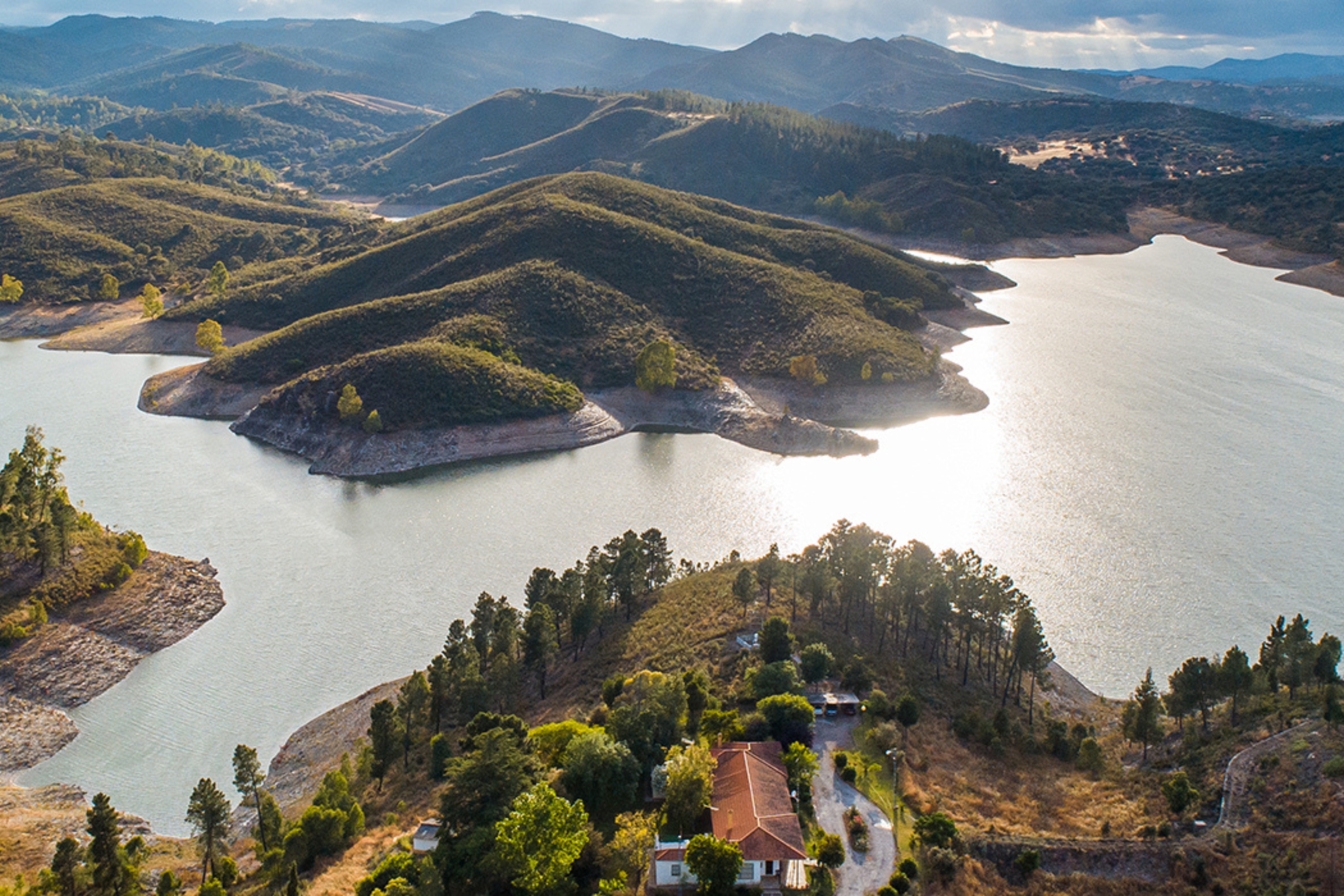
Exploring the Sierra de Aracena also means participating in an experience that contributes to the great challenges of our time. Here, sustainability isn't a strategy; it's a way of life that spans from local agricultural production to biodiversity preservation, including equal rural opportunities.
Traveling to the sierra is a commitment to regenerative tourism, a fair territorial development model, and a future in harmony with nature. It's an invitation for every step we take as travelers to also be a step toward a more sustainable world.
Photos: Huelva Tourism Agency













